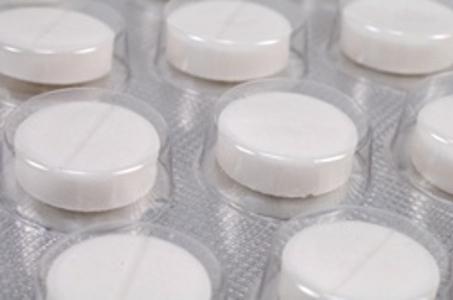Reflux esophagitis.
Reflux esophagitis is the process of back-throwing the contents of the stomach into the esophagus, which subsequently causes a syndrome of chronic inflammation of the esophageal mucosa.
Statistics show thatin more than 15% of the total population undergoing endoscopic examination, there are signs of gastric reflux. In a small number of patients, varicose veins of the esophagus are revealed together with reflux disease - this is the most unfavorable combination, can lead to the development of bleeding or other emergency pathology.
Reflux esophagitis can occur as a result of a number of reasons:
- surgical manipulations on the esophagus or diaphragm, or in the area of the sphincter (gastrectomy, removal of esophageal veins, the creation of an anastomosis);
- hernia of esophageal or diaphragmatic localization;
- spasmodic pyloric part of the stomach;
- Stomach ulcer and duodenal ulcer;
- diseases associated with increased tissue density or replacement of its connective (scleroderma);
- use of alcohol, smoking;
- Pregnancy;
- use of drugs that reduce muscle tone;
- high levels of obesity;
- Helicobacter pylori infection.
Reflux esophagitis is classified according to severity and level of injury.
The following degrees of reflux are distinguished by the volume of the mucosal lesion:
- degree A - only the mucous membrane is affected up to 5 mm, one lesion localization;
- degree B - there may be several lesion localizations up to 5 mm within the mucous membrane of one fold;
- degree C - more than one lesion of the mucosa within two or more folds, but does not occupy more than 75% of the entire mucosa;
- degree D - the process takes up more than 75% of the mucosa.
In terms of severity, reflux esophagitis is 1 degree, 2 nd and 3 rd degree. This classification is based on the amount of casting from the stomach into the esophagus and the degree of mucosal damage.
Reflux esophagitis is manifested by several clinical symptoms:
- a burning sensation in the esophagus or behind the breastbone after a meal, sometimes at rest. Heartburn is worse after consuming fatty, fried foods or alcohol;
- belching of food recently eaten, which is intensified after consuming fizzy drinks;
- sensation of obstruction or foreign body in the throat when swallowing;
- pain syndrome appears in a half or twominutes from the beginning of food intake, increases with eating large amounts of food, physical activity (running) and rapid change of position after eating (torso, horizontal position);
- darkening of teeth their increased fragility, caries;
- Frequent bronchitis, pneumonia and inflammation of the tonsils.
Reflux esophagitis: treatment with folk remedies
Folk remedies are used both forprevention of the onset of reflux disease, and for its treatment. Popular today is a tool that includes dandelion flowers. Prepare it very easily. To do this, take a half kilo of sugar and fill it with 3 liters of dandelion flowers (washed). All this must be thinned or beaten in a mixer until a syrup is obtained. Take the drug three times a day for a spoon for treatment, and to prevent the onset of the disease, a single dose is sufficient.
A simpler recipe is to include in your dailya diet of a couple of cloves of garlic, a little wild garlic and asafoetida - these products will help not only with the manifestations of reflux, but also normalize the work of the entire digestive tract.
Herbal infusion of St. John's wort, chamomile and plantain(in equal proportions) will help get rid of heartburn, relieve spasm and inflammation of the esophagus, help digestion. Take it necessary also three times a day for at least a month to achieve the effect.





